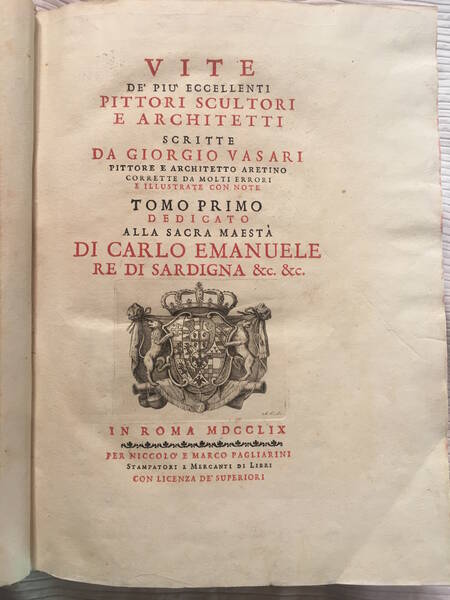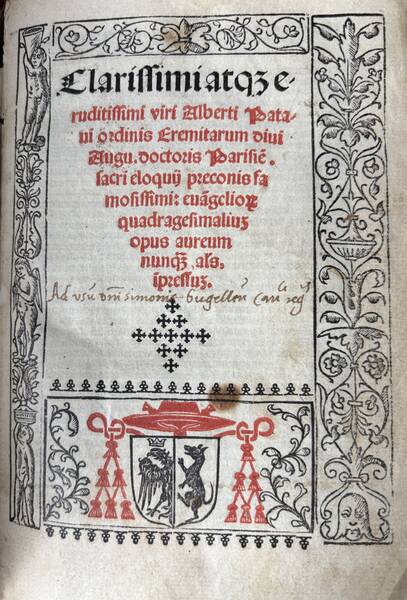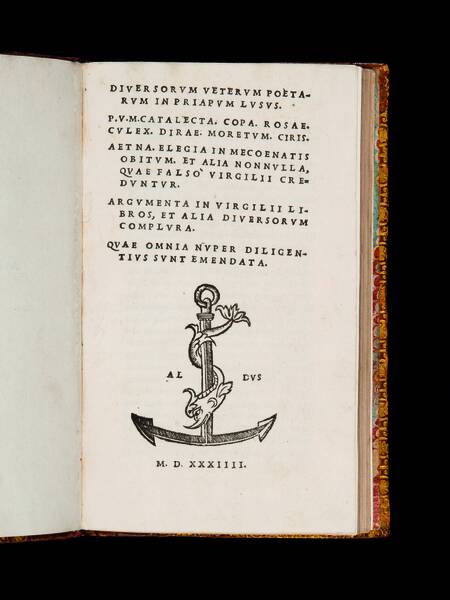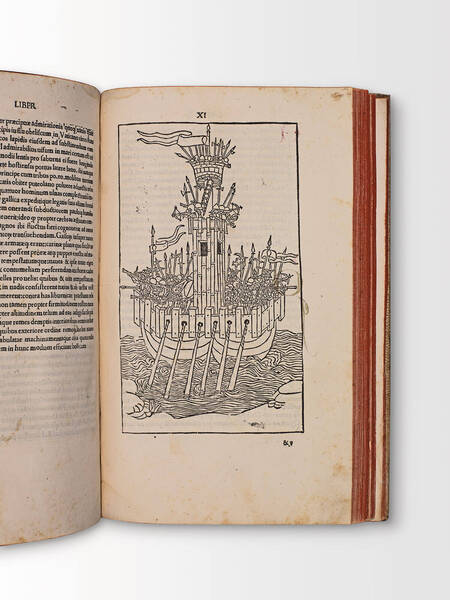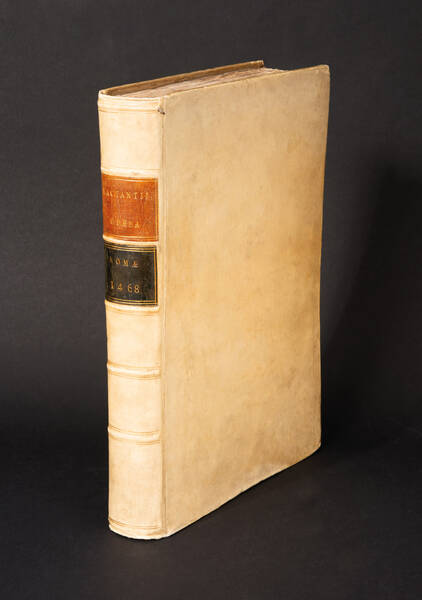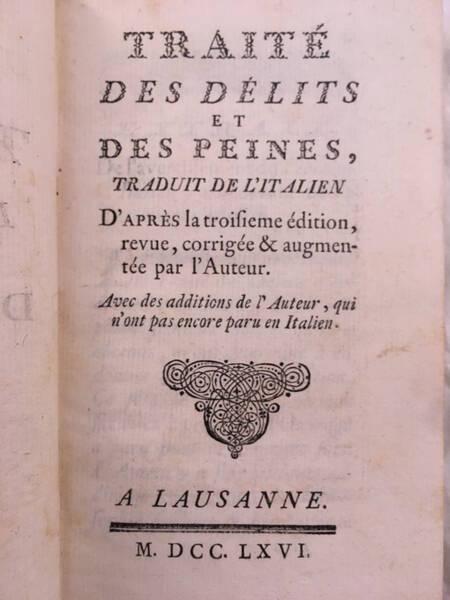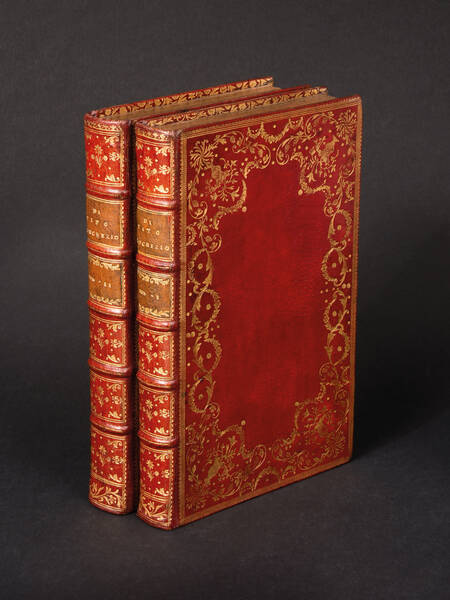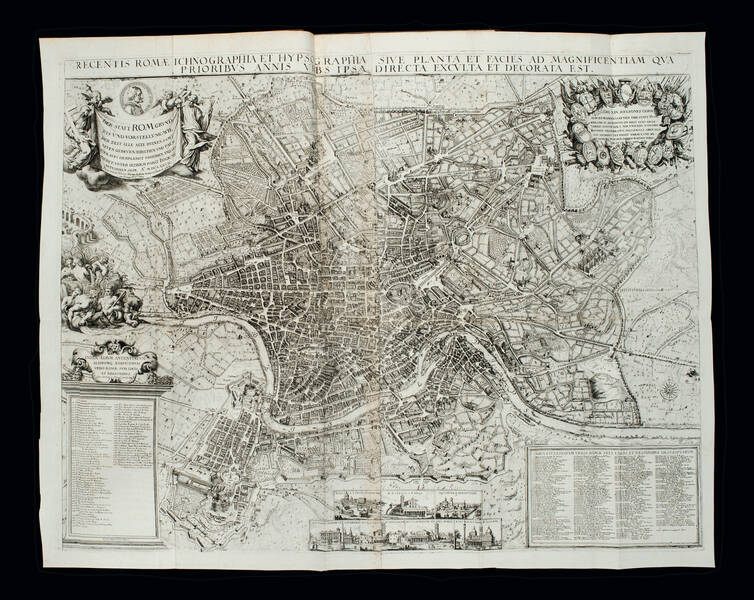MORE, Sir Thomas; DESIDERIUS ERASMUS. MORE, Sir Thomas. De optimo reip. statu deque nova insula Utopia ... Epigrammata [with:] DESIDERIUS ERASMUS. Epigrammata.
Basel, Johann Froben., March 1518Quarto (213 x 155 mm.), three parts in one volume. Roman, Greek and 'Utopian' types. Woodcut historiated border to title of each part and to preface, the first by Ambrosius Holbein, the others by Hans Holbein, full- page woodcut of Utopia and half-page woodcut of Clement, Hythlodaye, More and Gillies, by Ambrosius Holbein, a different woodcut printer's device at end of each part, woodcut historiated initials by A. and H. Holbein. A very fine copy in nineteenth century red crushed morocco by Francis Bedford, spine gilt in compartments with gilt title, gilt edges; from the library of Cardiff Castle (ex libris) and Livio Ambrogio (ex libris).
The important third edition of Utopia with the author's revisions, including the first edition of More's Epigrammata, not present in the first 1516 Louvain publication by Peter Gillies and the following Parisian reprint by Gourmont in 1517. This early edition of More's Epigrammata includes verses that were removed from following printings, particularly those pertaining to Germain de Brie (c. 1490-1538). This is the first edition printed by Johann Froben, which was followed by an identical issue in November/December of the same year. Froben's editions have been described as ‘'the most complete and most correct published in [More's] lifetime'' (Fairfax Murray, p. 494). This revised impression was arranged by Erasmus and it also contains his own Epigrammata, originally printed in Paris in 1506 in conjunction with the fourth edition of his Adagia.
The title page is contained within a woodcut border showing Lucretia and Sextus Tarquinius, with additional separate title pages for each of the three works, as well as printers' devices. These works are often found separate, however it is rare to find them together as published. Utopia's architectural border is populated by Cherubs and signed by Hans Holbein. More's Epigrammata is set within a border also signed by Hans Holbein, the lower part occupied by scenes of the life of Gaius Mucius Cordus. The border for Erasmus' Epigrammata depicts St. John the Baptist and Salome. Utopia opens with a full-page woodcut map of the island, executed by Ambrose Holbein, depicting Raphael Hythlodaeus on the bottom left corner pointing towards it while speaking to More and Gillis. The opposite leaf contains the Utopian alphabet and several verses. An additional woodcut vignette is included at the beginning of the first section, showing Clement, More, Hythlodaeus, and Gillies.
More's Utopia is presented as a imaginary dialogue between the author and the fictitious traveller Raphael Hythlodaeus, allegedly part of Amerigo Vespucci's crew. The first part is reserved for Hythlodaeus' critiques of European societies, particularly their greed, corruption, and inequality, blaming private property, harsh punishments, and class oppression. Conversely, the second part describes the island of Utopia that houses a society organized around communal property and rational governance. Utopians work only six hours a day, share resources, are not bound by materialism and practice religious tolerance. Their simple laws and elected leadership ensure fairness, while war and overpopulation are avoided, and slavery serves as punishment for criminals and prisoners of war. While on the surface Utopia appears idyllic, the work is infused with irony, leaving the reader to question whether such a society is attainable or a critique of human nature. "Utopia is not, as often imagined, More's ideal state: it exemplifies only the virtues of wisdom, fortitude, temperance and justice. It reflects the moral poverty of the states which More knew […] But an ideal state is what it has come to mean […] Utopia has become a fairy-tale.
More, who was knighted in 1521, was later Speaker of the House of Commons, High Steward of Cambridge University, and Lord Chancellor. In 1535 he was executed for high treason. He is a saint to the Catholic, and a predecessor of Marx to the Communist. His manifesto is and will be required reading for both, and for all shades of opinion between.'' (PMM p.28).
USTC 630792; VD 16 M 6299; Adams M1756; Fairfax Murray German 303; BMSTC German 860; Brunet III 1893; Printing and the Mind of Man 47, p. 28 (1516 edition).
Other Books
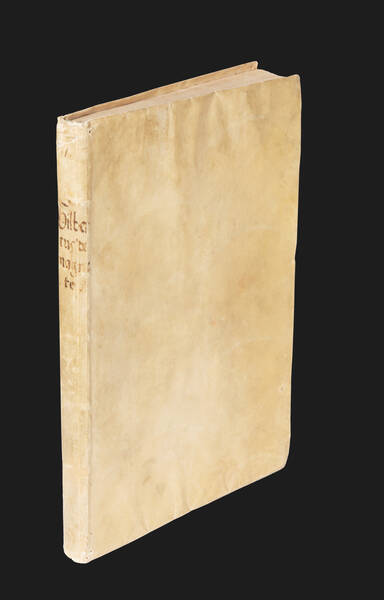
GILBERT, William
De magnete, magneticisque corporibus, et de magno magnete tellure; Physiologia nova, plurimis & argumentis, & experimentis demonstrata.
SOLD OUT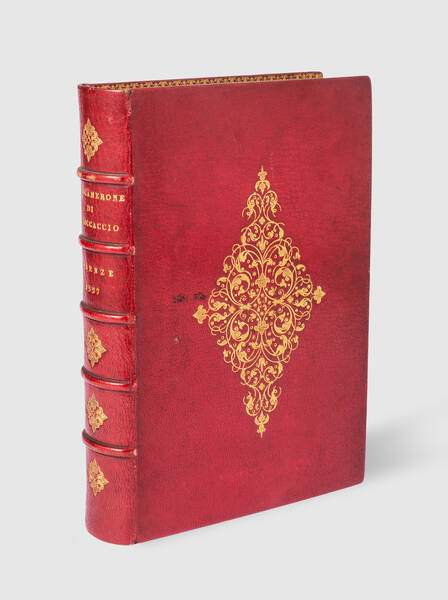
BOCCACCIO, Giovanni
Il Decamerone di m. Giouanni Boccaccio nuouamente corretto et con diligentia stampato.
SOLD OUT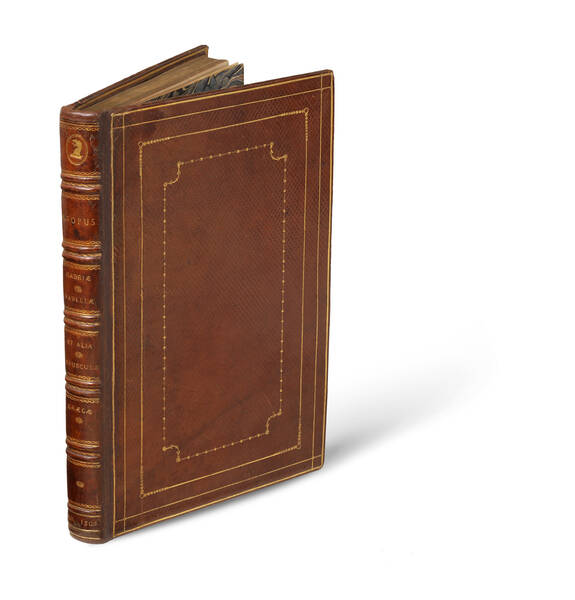
AESOP
Vita & fabellae Aesopi cum interpretatione Latina ... Gabriae Fabellae tres & quadraginta ... Phurnutus seu, ut alii, Curnutus De natura deorum....
€ 36.000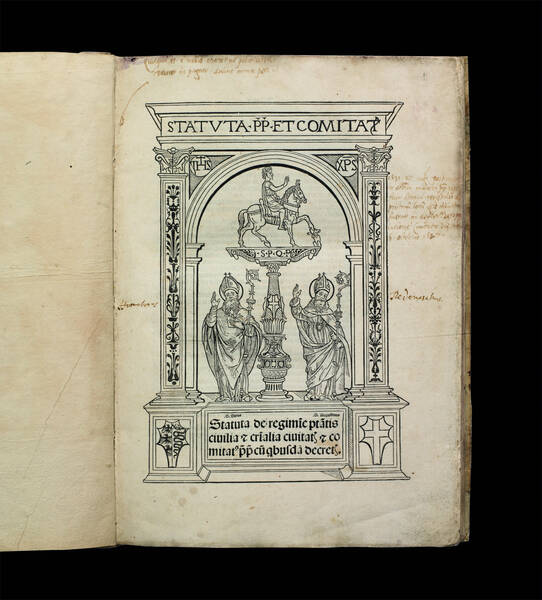
[PAVIA, Statuti]
Statuta Papiae et comitatus. Statuta de regimine potestatis ciuilia & criminalia ciuitatis & comitatus Papiae cum quibusdam decretis.
SOLD OUT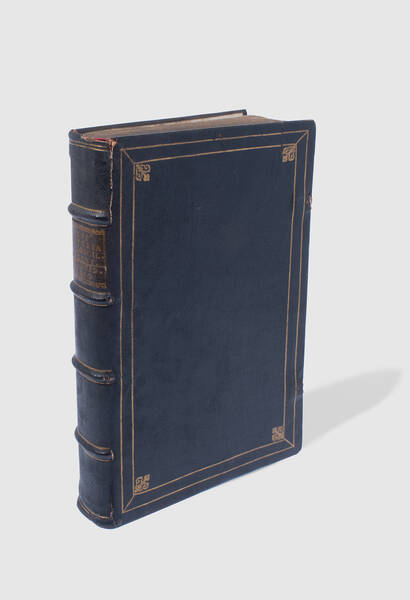
SARPI, Paolo
Historia del concilio tridentino di Pietro Soave Polano. Nella quale si scoprono tutti gl'artificii della Corte di Roma, per impedire che né la...
€ 8.000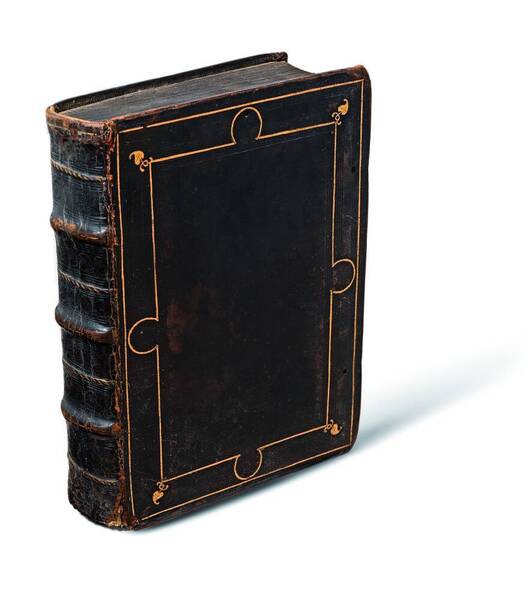
PLINIUS
Historia naturale di C. Plinio Secondo di latino in volgare tradotta per Christophoro Landino, nuouamente in molti luoghi, doue quella mancaua,...
€ 6.000![La zucca del Doni. [Fiori della zucca del Doni; Foglie della zucca del Doni; Frutti della zucca del Doni.] La zucca del Doni. [Fiori della zucca del Doni; Foglie della zucca del Doni; Frutti della zucca del Doni.]](https://www.medariquier.com/typo3temp/pics/efd2a7667b.jpg)
DONI, Anton Francesco
La zucca del Doni. [Fiori della zucca del Doni; Foglie della zucca del Doni; Frutti della zucca del Doni.]
€ 7.000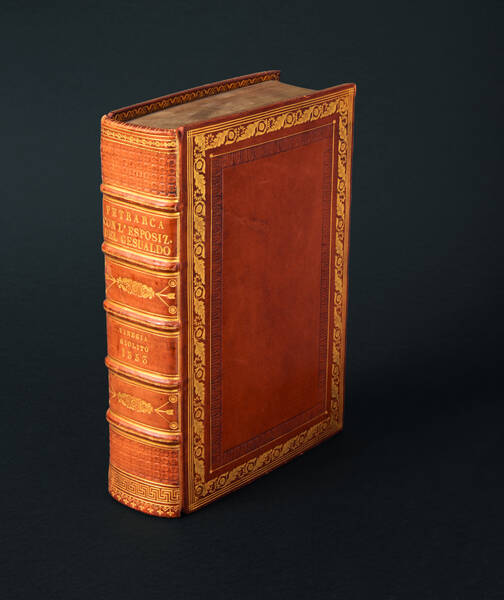
PETRARCA, Francesco
Il Petrarcha con l'espositione di m. Giouanni Andrea Gesualdo, nuouamente ristampato, e con somma diligenza corretto, con nuoua tauola di tutte le...
€ 6.000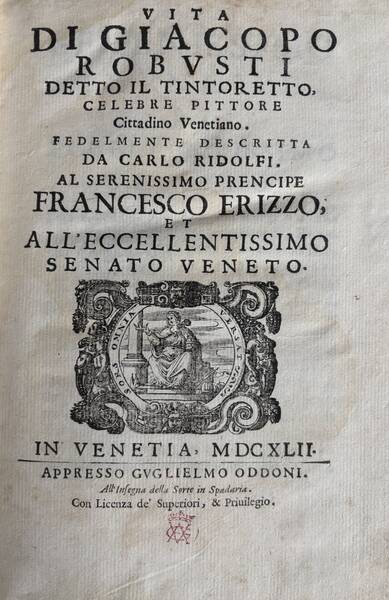
RIDOLFI, Carlo
Vita di Giacopo Robusti detto il Tintoretto, celebre pittore, cittadino venetiano.
€ 2.500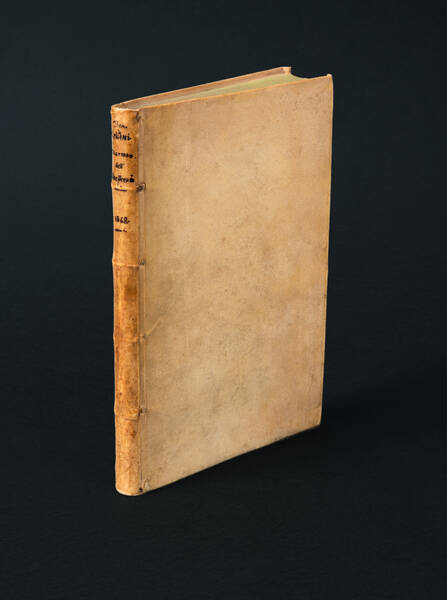
CELLINI, Benvenuto
Due trattati vno intorno alle otto principali arti dell'oreficeria. L'altro in materia dell'arte della scultura; doue si veggono infiniti segreti nel...
€ 12.000MEDA RIQUIER rare books ltd.
4 Bury Street St James's
SW1Y 6AB London
Phone +44 (0) 7770457377
info@medariquier.com
![MORE, Sir Thomas. De optimo reip. statu deque nova insula Utopia ... Epigrammata [with:]DESIDERIUS ERASMUS. Epigrammata. MORE, Sir Thomas. De optimo reip. statu deque nova insula Utopia ... Epigrammata [with:]DESIDERIUS ERASMUS. Epigrammata.](https://www.medariquier.com/typo3temp/pics/5d780d0bdf.jpg)
![MORE, Sir Thomas. De optimo reip. statu deque nova insula Utopia ... Epigrammata [with:]DESIDERIUS ERASMUS. Epigrammata. MORE, Sir Thomas. De optimo reip. statu deque nova insula Utopia ... Epigrammata [with:]DESIDERIUS ERASMUS. Epigrammata.](https://www.medariquier.com/typo3temp/pics/70528bcdc0.jpg)
![MORE, Sir Thomas. De optimo reip. statu deque nova insula Utopia ... Epigrammata [with:]DESIDERIUS ERASMUS. Epigrammata. MORE, Sir Thomas. De optimo reip. statu deque nova insula Utopia ... Epigrammata [with:]DESIDERIUS ERASMUS. Epigrammata.](https://www.medariquier.com/typo3temp/pics/573c679ca3.jpg)
